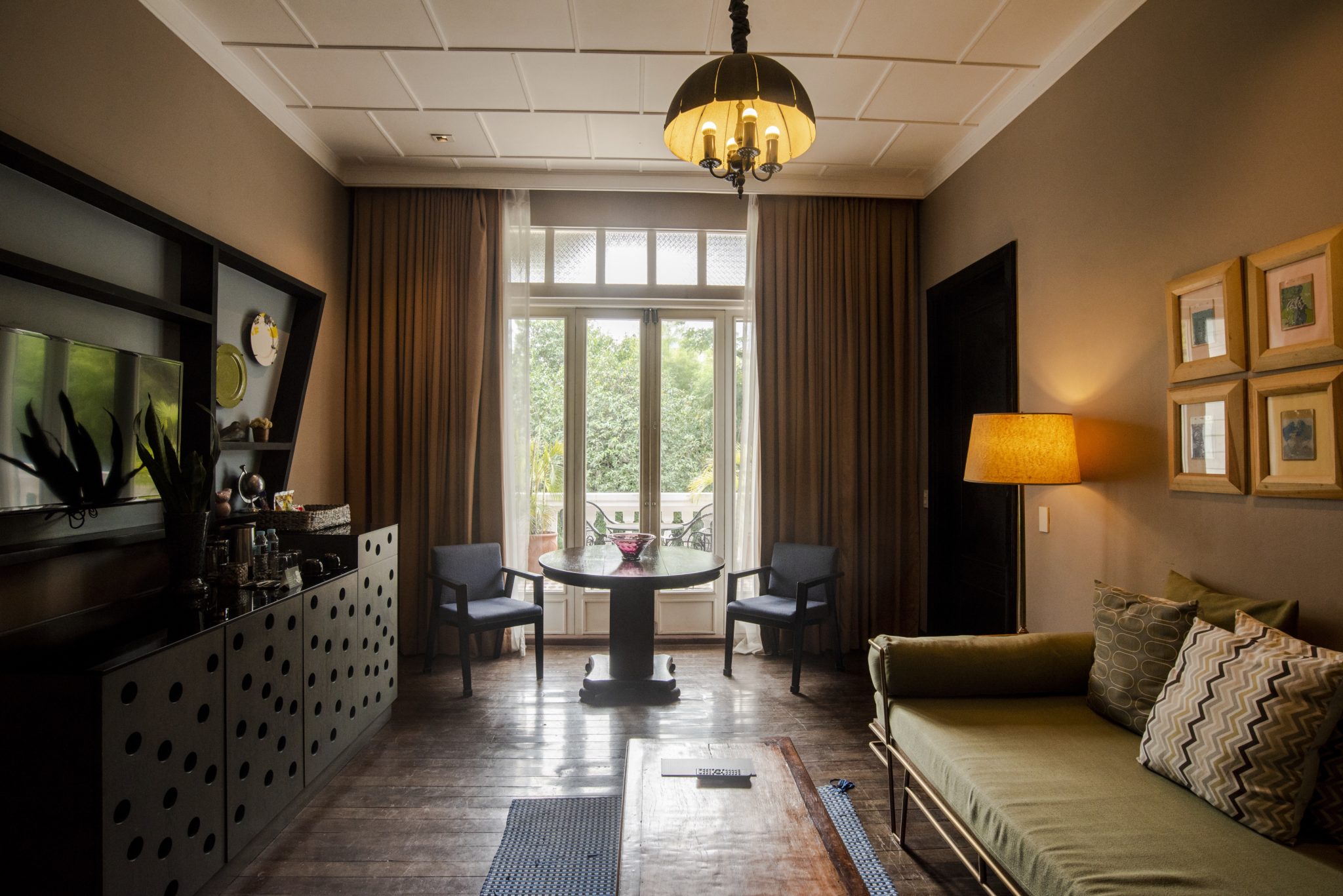Buildings aren’t timeless. The reality is, with rapid urbanization comes rapid demolition. Old structures are torn down to make way for newer buildings—but at the cost of history.
Architecture bookmarks the past, but even heritage sites and historic places are prone to losing their relevance and falling into disuse. This is where adaptive reuse comes into play—when old buildings are reinvented to meet present needs, from hotels to restaurants, thereby ensuring its future.
In a city as old as Manila, adaptive reuse can be found in almost every corner, from the residences-turned-restaurants lining Maginhawa in Quezon City to the cobblestone streets of Intramuros in Manila. It’s not the old buildings these places are known for, but the aura that these old buildings exude—something that can only be earned, not built, with time. With the growth of bland building developments, the character and pedigree of old buildings would be gone if not for preservation through adaptive reuse.
Building blocks

Adaptive reuse is only one of the many methods of conservation. Where adaptive reuse repurposes an old structure, restoration returns it to its original splendor. The other methods are reconstruction, which rebuilds a structure from scratch, similar to the Las Casas Filipinas de Acuzar, and preventative maintenance, which entails ongoing care and upkeep.
Adaptive reuse is only one of the many methods of conservation. Where adaptive reuse repurposes an old structure, restoration returns it to its original splendor.
Whichever way the conservation is done, it’s all in an effort to continue telling the structure’s story, albeit with a new writer and a few chapters revised. Otherwise, the only other option for an old building is to be demolished. Just look at the 83-year-old iconic Capitol Theater in Escolta that met its end to make way for a high-rise residential building.
Conserving a building is hardly a walk in the park, which is probably why many are abandoned and deteriorate over time. It’s a monumental effort on the parts of the owner, architect, and interior designer, but it isn’t impossible if you have a clear vision and understanding of everything the project will require (plus, a content management plan, which is a document that maps heritage to guide the project).
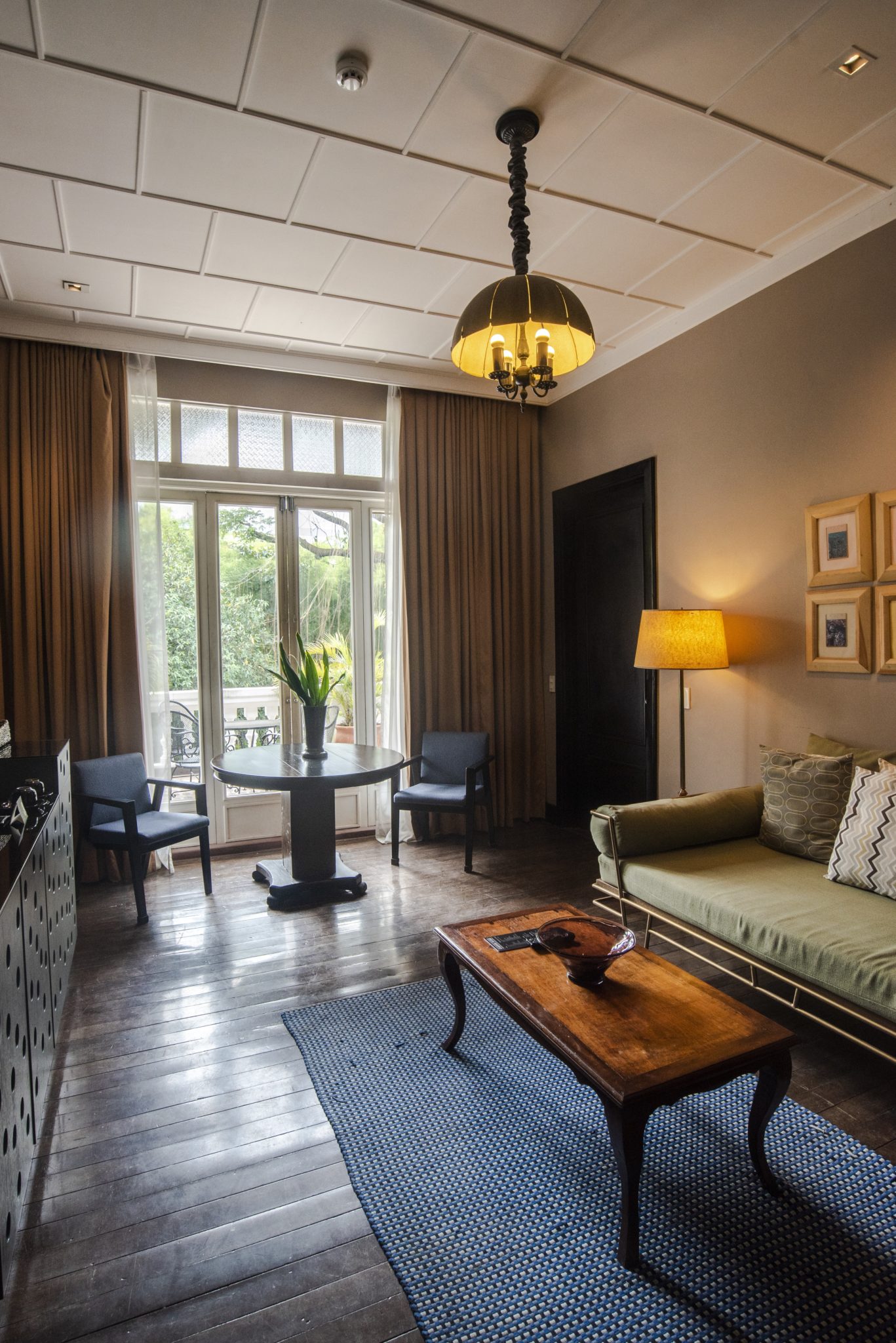
“First and foremost, you have to understand the history of the building,” says architect Gerard Lico, former co-head of the Manila Metropolitan Theater’s restoration and advocate of adaptive reuse.
“Whatever your intervention, it must be compatible. You should respect the previous use of the building.” Meaning don’t turn an old church into a bar. Lico notes that the new version of the building “should not mimic the past,” emphasizing the need for a distinct identity that marks it as a contribution of the present time. But Lico also pointed out any changes done should be reversible so that the building may return to its original form if the future warrants it.
Leo Almeria, multi-awarded interior designer, cautions against changes that may violate requirements of UNESCO heritage sites. “So you have to know the history. Sino gumawa, para kanino gumawa, paano ang original purpose, and then sino ang mga katabi niya? You always have to put things into context.”
Diagnosing the structural stability of the building is also an important step. There’s no point in renovating a building that may ultimately pose as a safety hazard. Checking building code requirements is next, from sprinkler systems to plumbing and electricity, which is a challenge for very old structures. But modernizing the building must not come at the cost of damaging its character defining elements.
Leo Almeria, multi-awarded interior designer, cautions against changes that may violate requirements of UNESCO heritage sites. “So you have to know the history. Sino gumawa, para kanino gumawa, paano ang original purpose, and then sino ang mga katabi niya? You always have to put things into context.”
Similarly, Lico imparts that there is no room for conjecture in conservation. History is not something to be trifled with, especially when faced with a challenge such as adaptive reuse that requires a careful negotiation of the past with the present.
Priceless interest
On the financial side of things, “It’s really an investment to do adaptive reuse,” says Lico.
Eric Paras, interior designer of The Henry Hotel and owner of Artelano 11 design studio, puts things into context: Unlike the concrete and stone homes of Europe or brick and mortar buildings of Singapore, the old structures of the Philippines are mainly built of wood, which is not the most durable material. Aside from the high maintenance required of the building to fix broken or degrading parts, there are also other considerations such as flood controls, drainage, elevators, and LED lights.
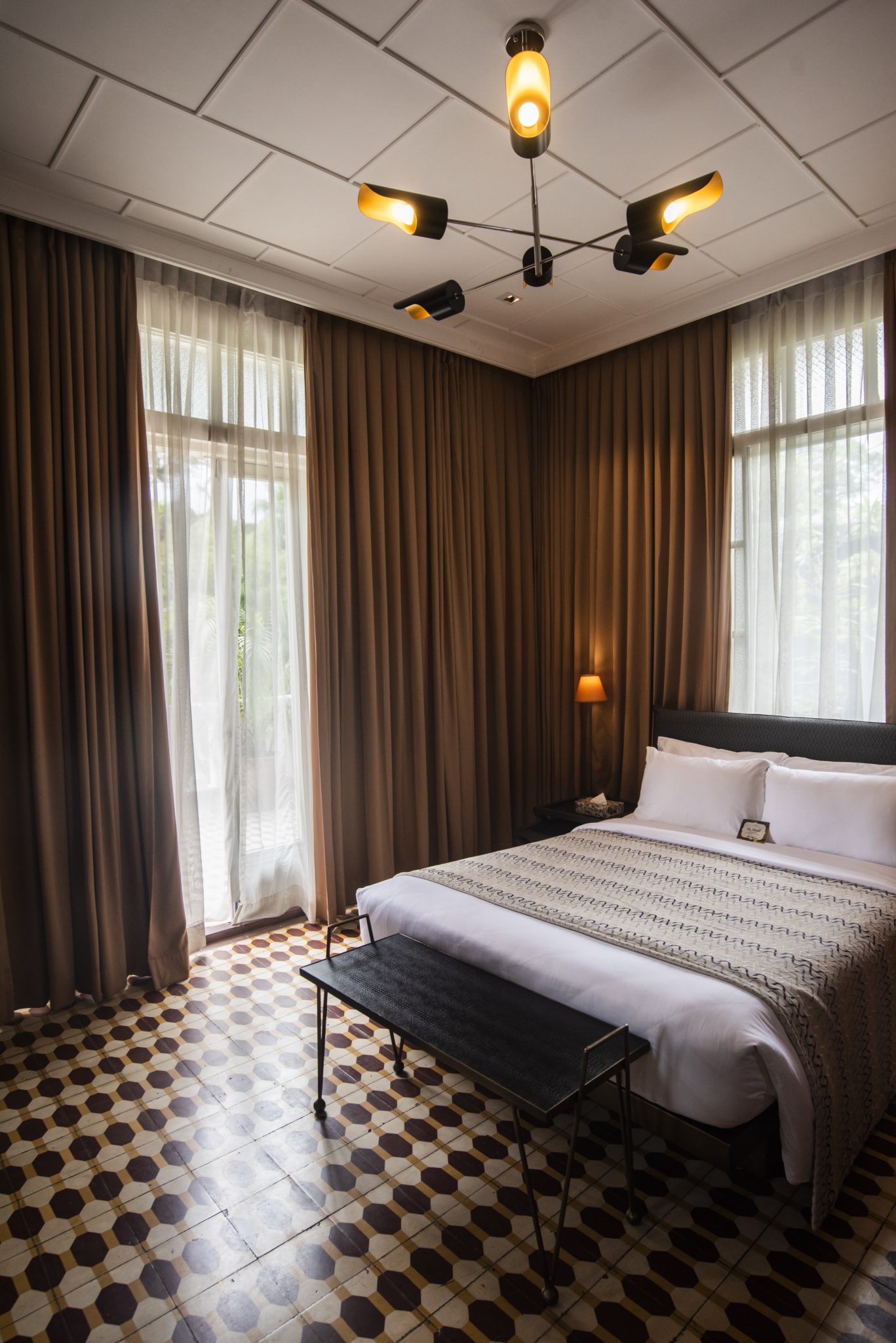
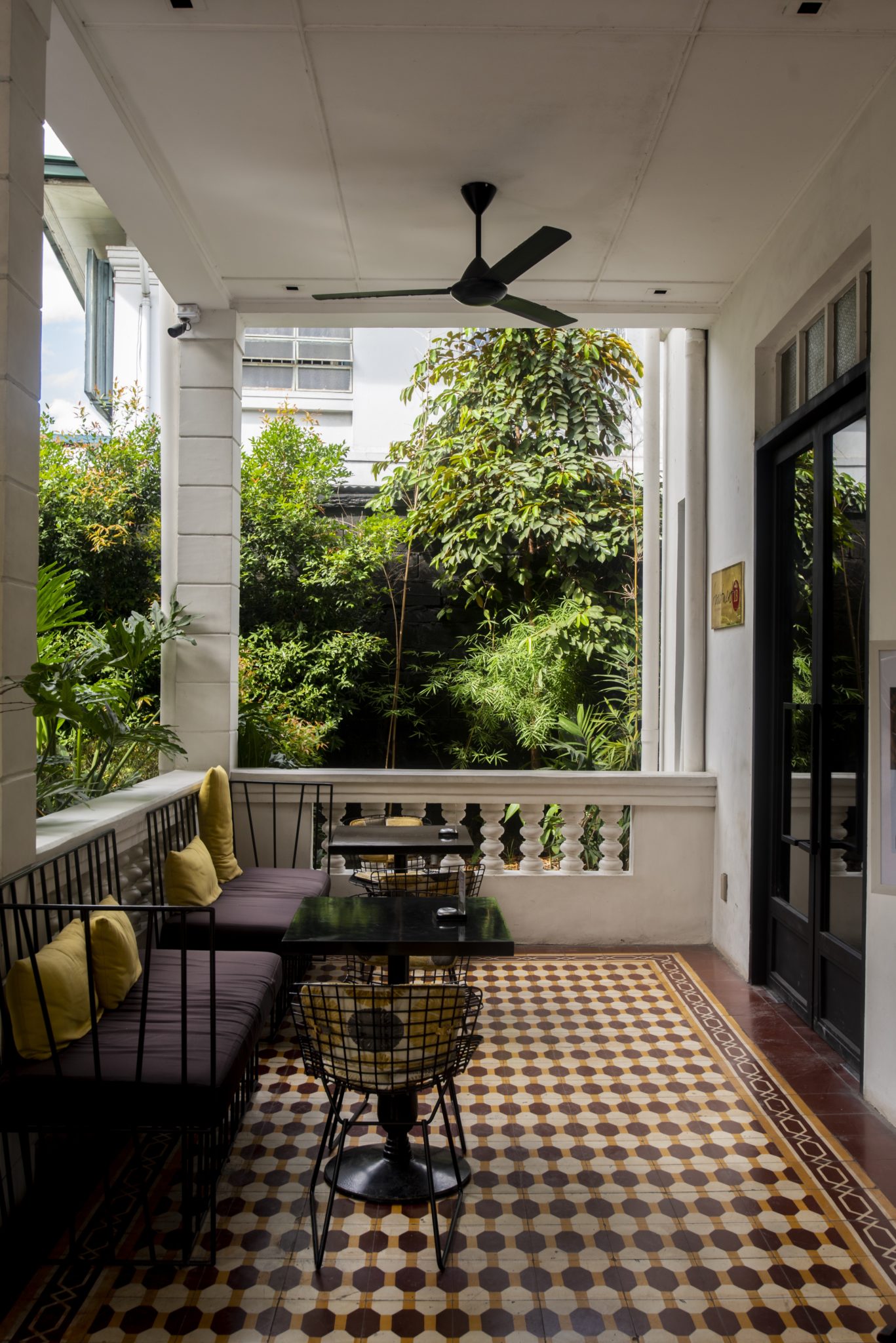
For a restaurant, the challenge would be the mechanical requirements such as the exhaust. “Parang you’re putting up a building inside a building,” explains Paras.
“Mahal siya, pero the investment there is more meaningful, significant, and relevant to the people,” says Lico. Despite the complexity that comes with reinventing these structures, the historical value renders it practically priceless.
A prime example of this is The Henry Hotel in Pasay City. Built in 1948 by an American and purchased by a Chinese family, the multiple houses that comprise the Henry Hotel have survived eclectic reinventions, from a yoga studio to a fish importer’s office. Eventually purchased by Henry Lee, whom the hotel is named after, the houses’ current status is that of an award-winning hotel prized for its historic aura.
“Adaptive reuse is literally recycling,” explains Leo Almeria. “The greenest building is a building that’s already built.”
“Building a new structure would change the character, history, and sense of place of the grounds. So, we just restored the existing structures to accommodate the rooms,” says Lee (also known as Hanky), CEO and innkeeper of the hotel.
With Paras, whose design studio is also on the compound, the renovating project took almost 18 months of planning and restoration. “We tried to adhere to the ethos of restoration and adaptive reuse as much as we could. A lot of the details (facade, grills, windows, tiles, staircases, wood flooring) are intact,” explains Lee. Meanwhile, the electricity and plumbing were all redone.
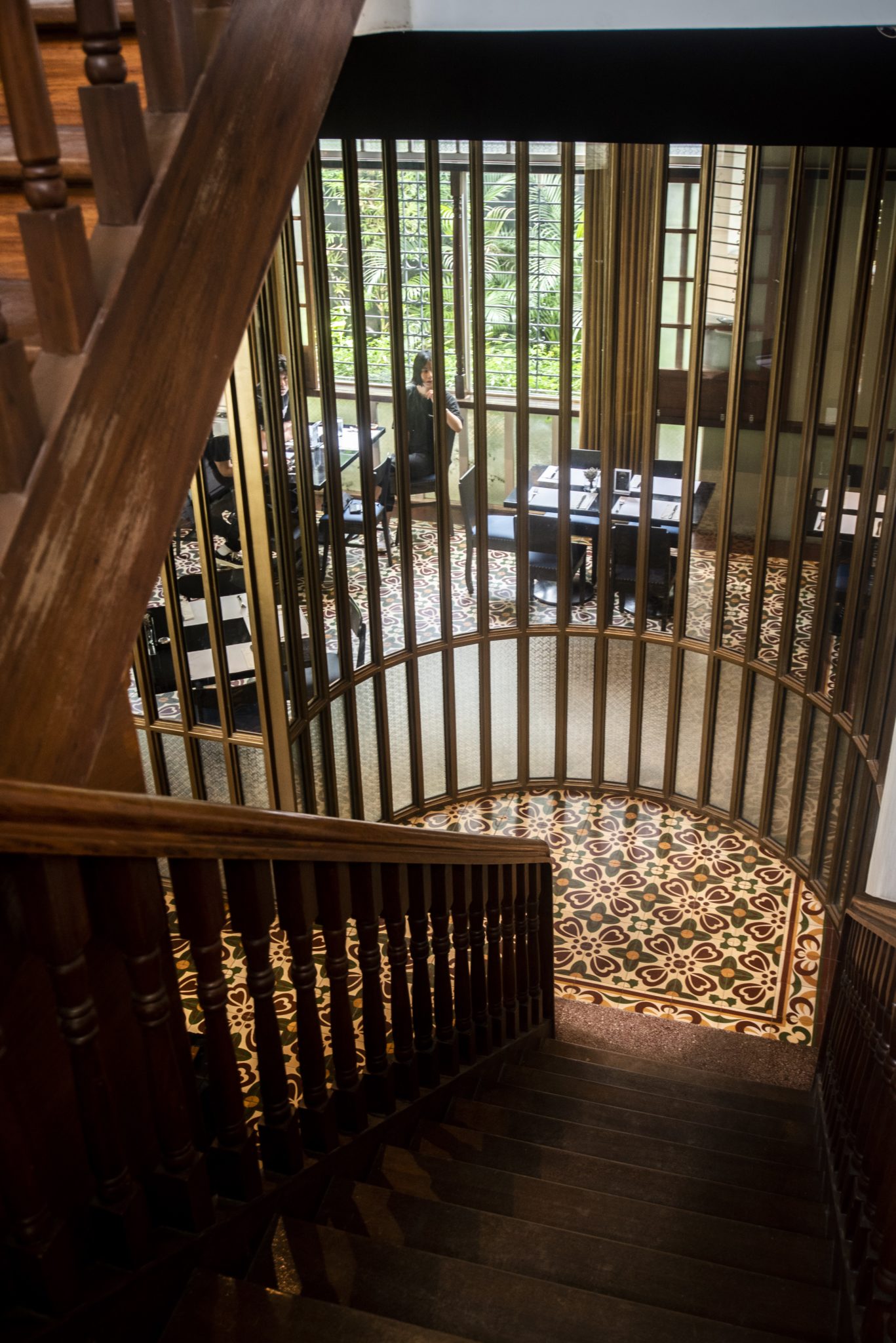
Paras shares how, while working on the project, he infused a modern setting inside the old house, which “enhanced the beauty of the old structure more because you make it relevant sa contemporary lifestyle ng mga tao.”
If anything, the age of the building and the challenges it posed only adds to its value. “It is part of the story of The Henry Manila and definitely adds charm and mystique,” says Lee. Paras had the same thoughts, sharing that the nostalgic experience of the hotel transports guests to an ancestral family home in the province. And that’s something you can’t put a price tag on.
A community icon
Perhaps one of the most popular places for adaptive reuse is Binondo, hailed as the country’s—and the world’s—oldest Chinatown. Every now and then, there are new constructions on the rise in its narrow streets, but at its core, Binondo is an old town with an old soul.
“Even the dirt, ‘yung sense na luma, ‘yung crumbly na building, it gives an aura of history. It gives an aura of character to the city,” says Lico on the effect old buildings have on the community. Beyond appealing to tourists, these buildings also allow the community to derive a sense of identity and pride of place from that structure while also sparking economic activity and creative industry in the vicinity.

One such building in the area is 1919 Grand Café, a restaurant that looks like a set from “The Great Gatsby.” Designed in the Neoclassical Revival Style of its era, the building’s construction began in 1919 and was opened in 1922 as the Hong Kong and Shanghai Banking Corporation (HSBC) Building.
Similar in fashion to the British Colonial Era buildings in then-British India, the building also housed the British Consulate from 1946 to the 1960s. Eventually, HSBC abandoned the building and the old structure was forgotten in history books until it was reopened in 2018 as 1919 Grand Café. From the building’s original Corinthian columns and intricate window grills to the British royal coat of arms in the restaurant logo, a nod to history is present in every corner of the café.
While an out-of-the-way destination for a meal, 1919 Grand Café is rarely ever empty. Its architectural character offers an ambience that can’t be replicated, satisfying the natural cravings for the “saccharine of nostalgia,” as Lico puts it. “Because we want to live our fantasy of the past through old buildings.”
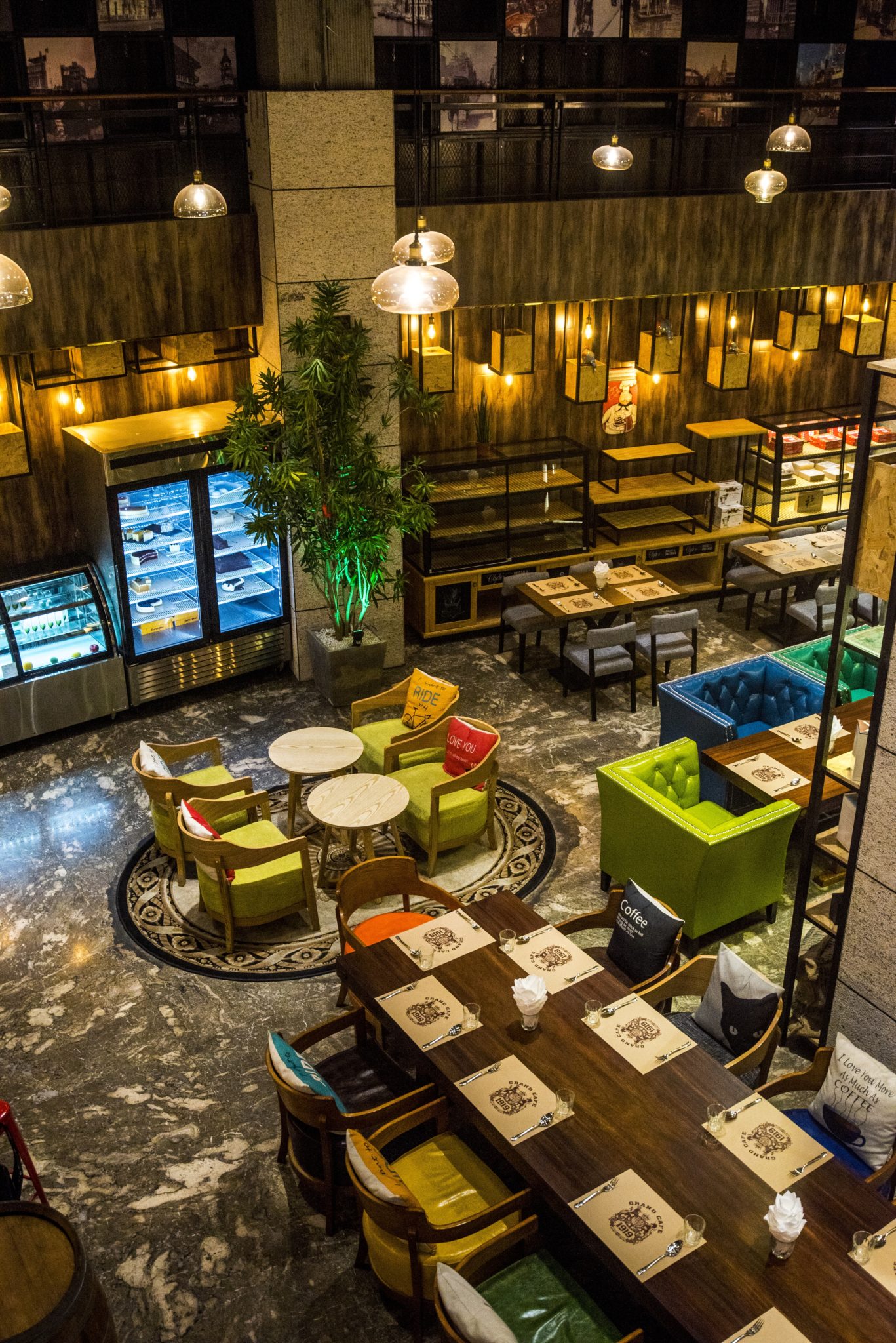
On urban sustainability
Nothing worth it ever comes easy, and that definitely applies to saving old buildings through adaptive reuse. Both an investment and a risk, it’s the long-term impact of the building that makes all the effort invaluable.
“Adaptive reuse is literally recycling,” explains Almeria. “The greenest building is a building that’s already built.”
When you consider all the heavy equipment that goes into demolishing and constructing a building, this seems like a no-brainer. But perhaps one of the greatest threats to this is the urban planning of Manila—or lack thereof. Something most people can agree on is the extreme congestion and poor public transportation of a city that houses 13 million.
“We have a bad city plan of Manila. It was not planned very well,” says Paras. With so much traffic every hour of the day, people are driven to move closer to their workplaces and businesses, leading to more urbanization. “That’s why na-the-threaten ng mga ibang heritage buildings. Binebenta nila ito sa mga developers tapos gigibain ng mga developers at tinatayo.”

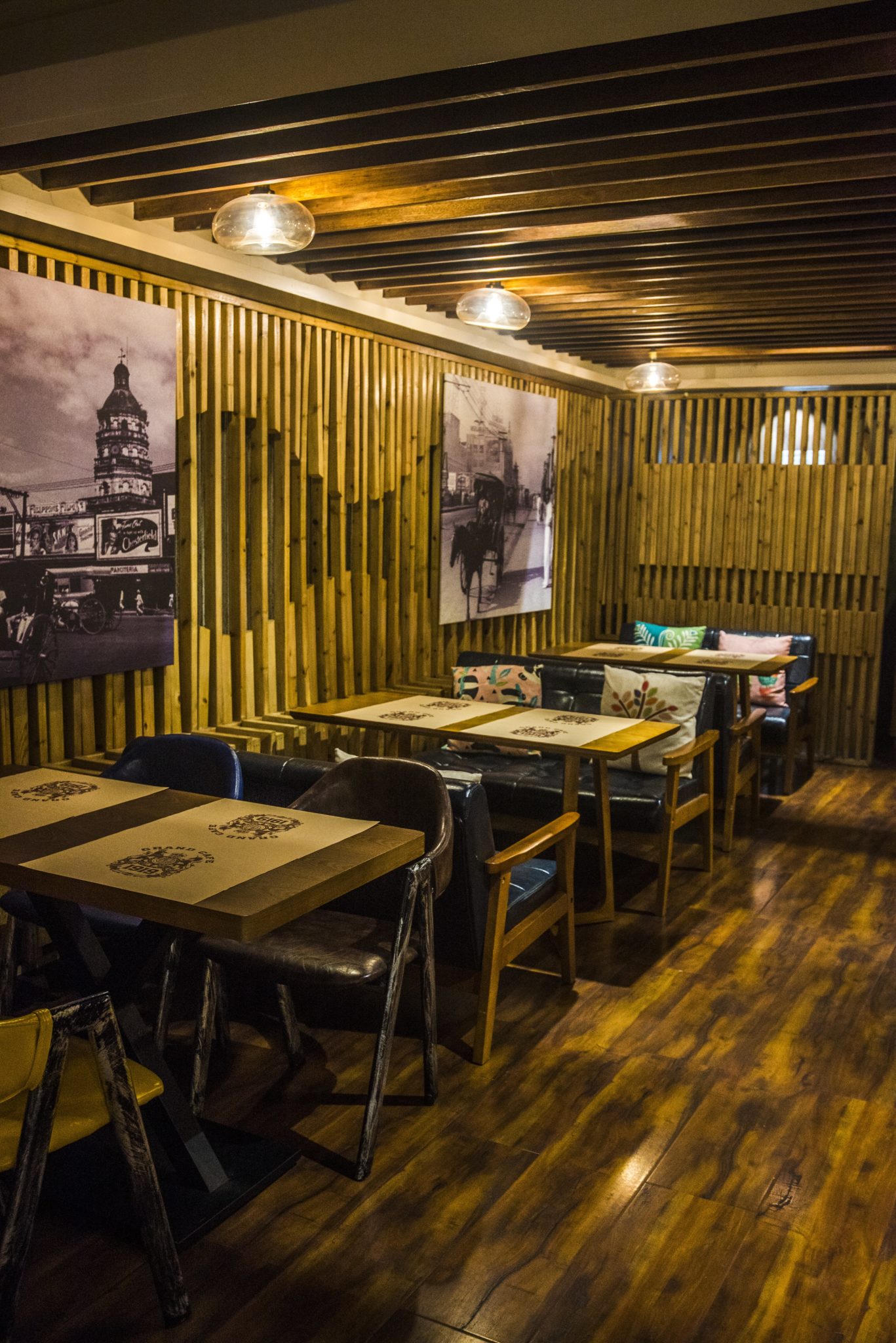
Institutions like the National Commission for Culture and the Arts can only do so much, but without enough government support, more and more old buildings like the Capitol Theater will see their days numbered. While laws like the Philippine Cultural Heritage Act (RA 10066) are in place to protect historic buildings over 50 years of age, laws are only useful when enforced.
There’s still much to be done and more support to be mustered in order to save these tangible links to the past, but one simple way to help is by viewing adaptive reuse as a way for private businesses to contribute to heritage conservation and adopting it when we can.
Originally published in F&B Report Vol. 16 No. 1





